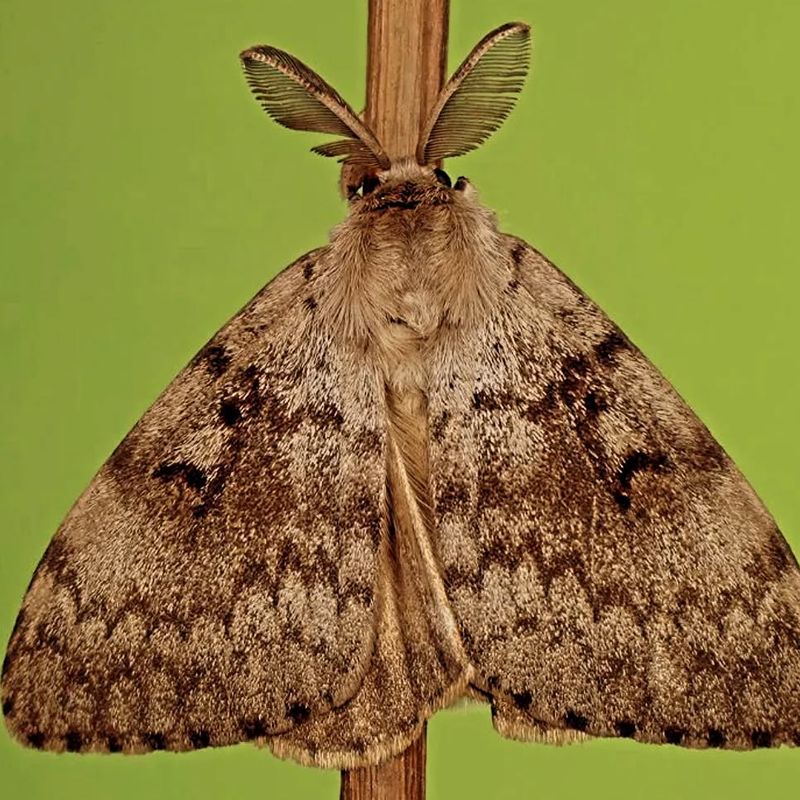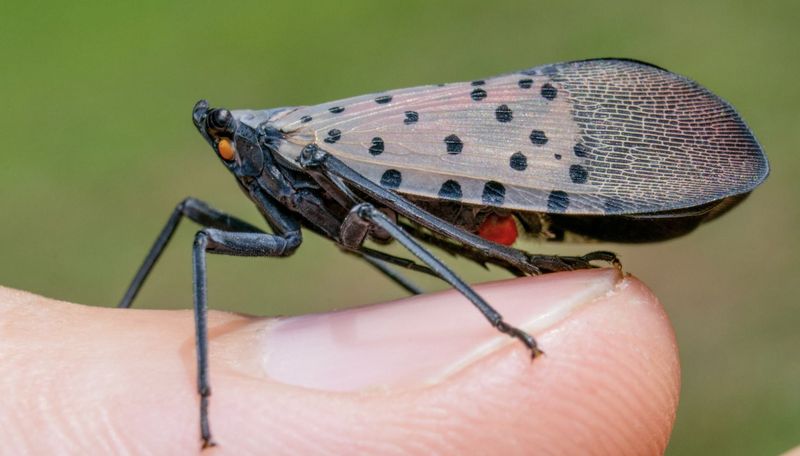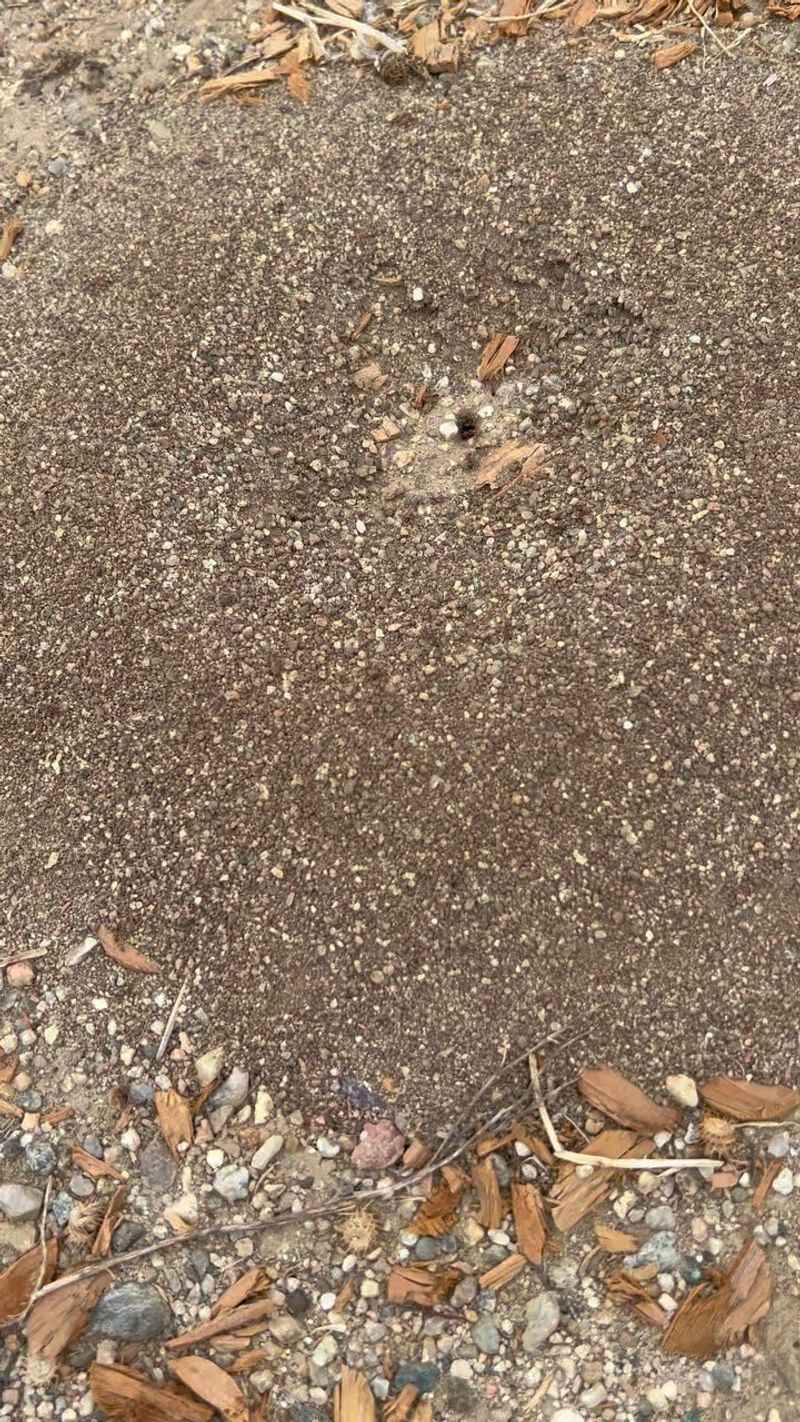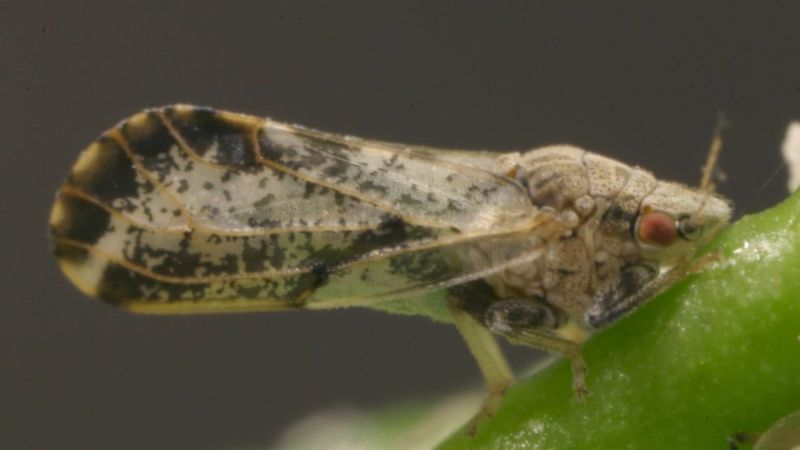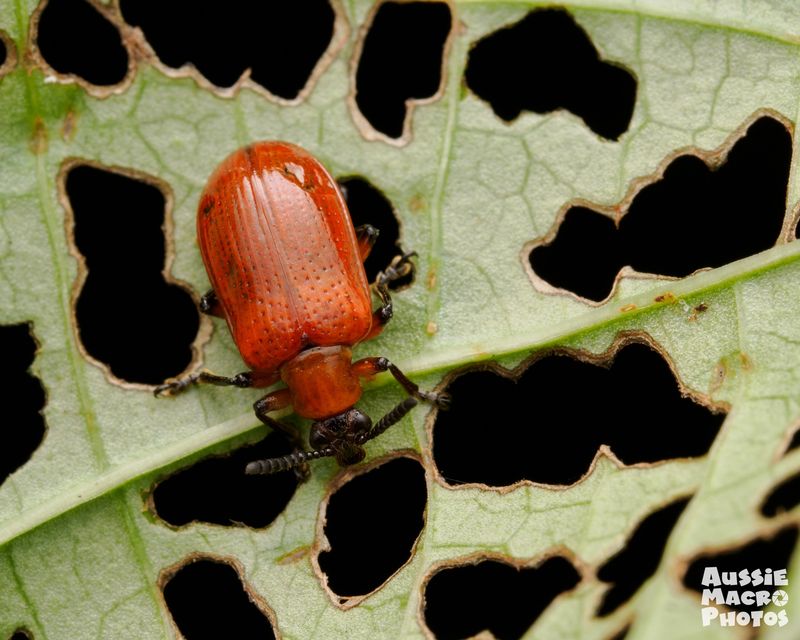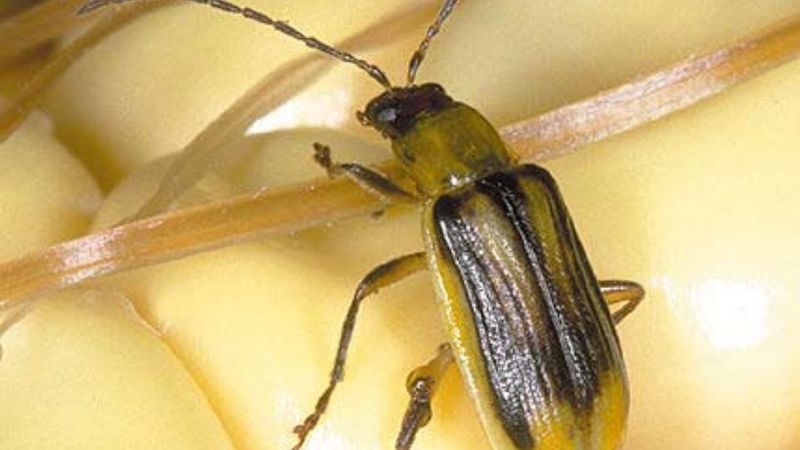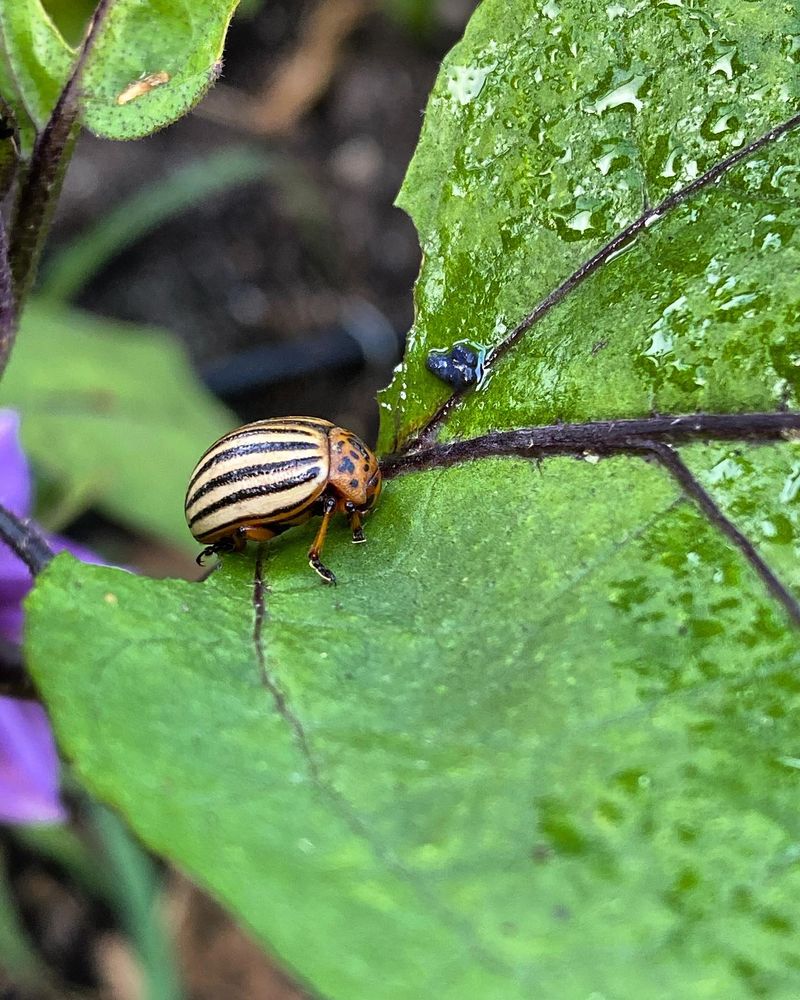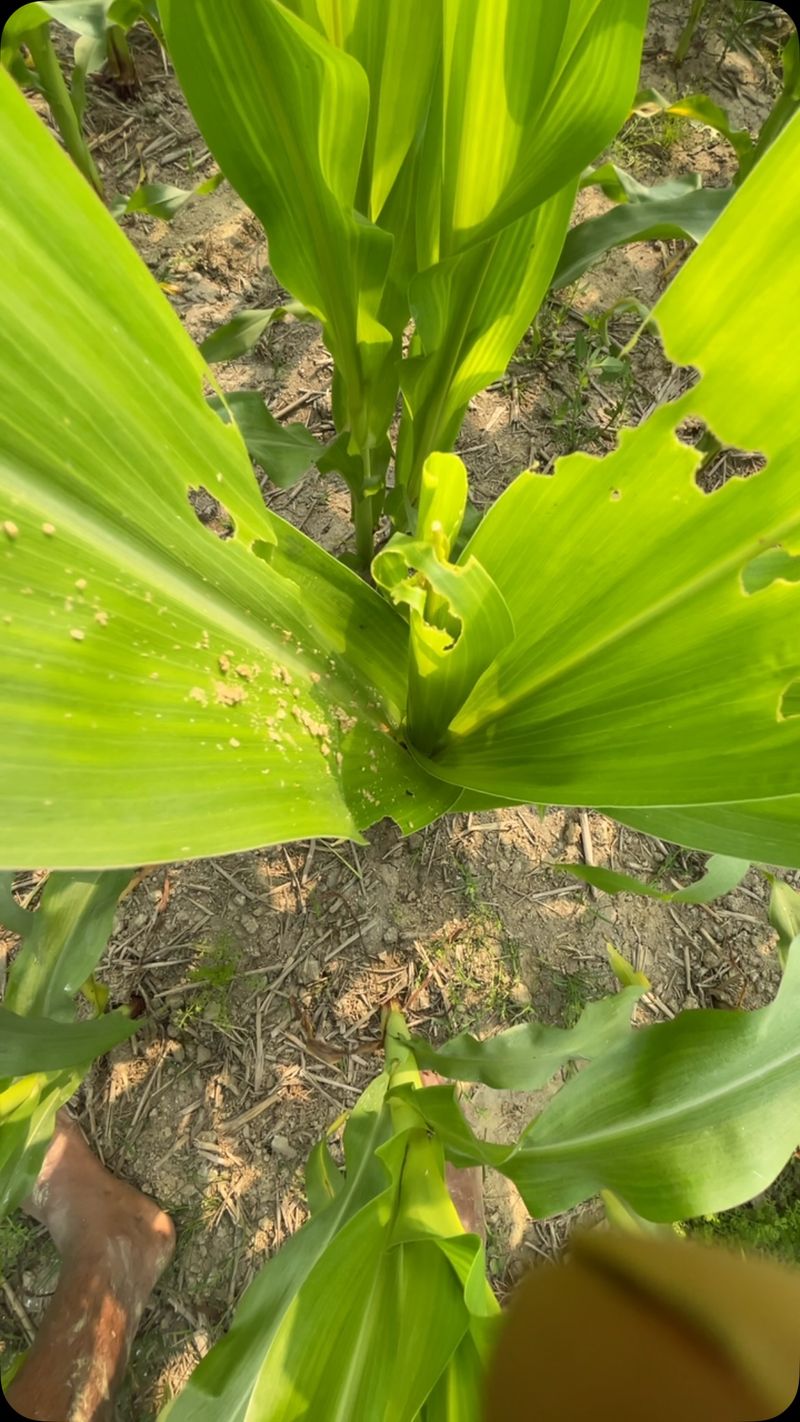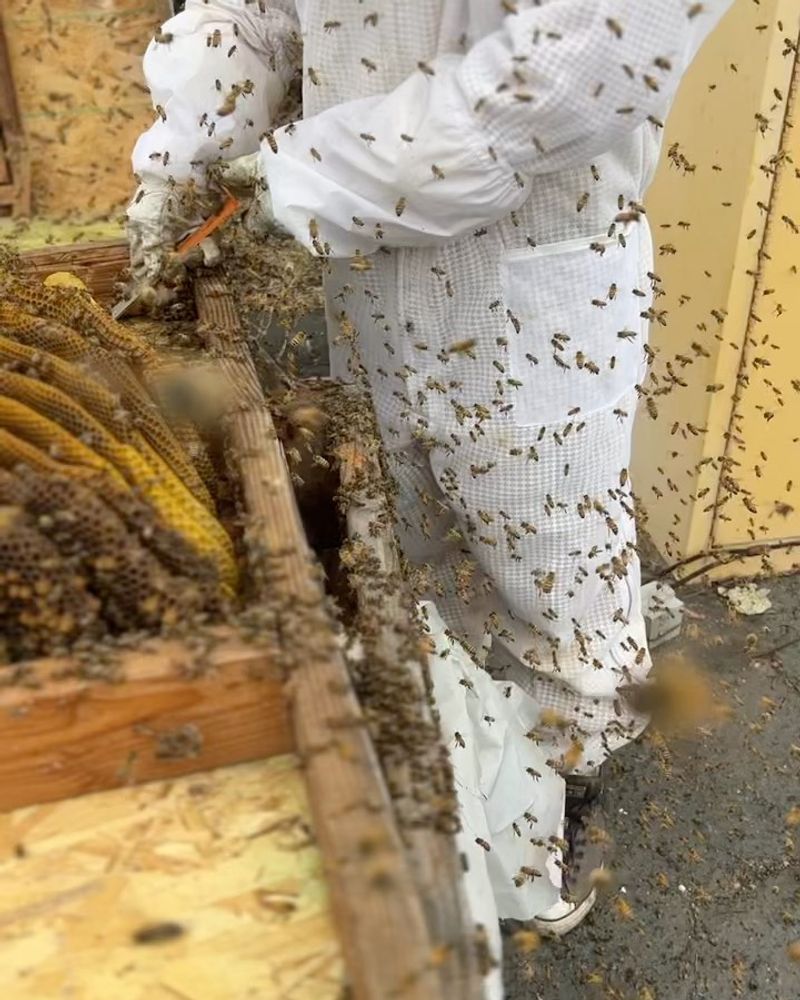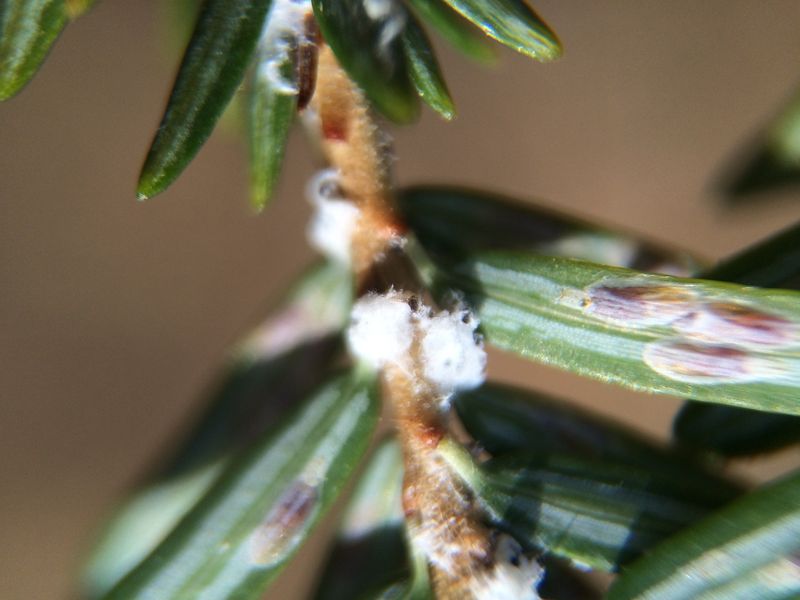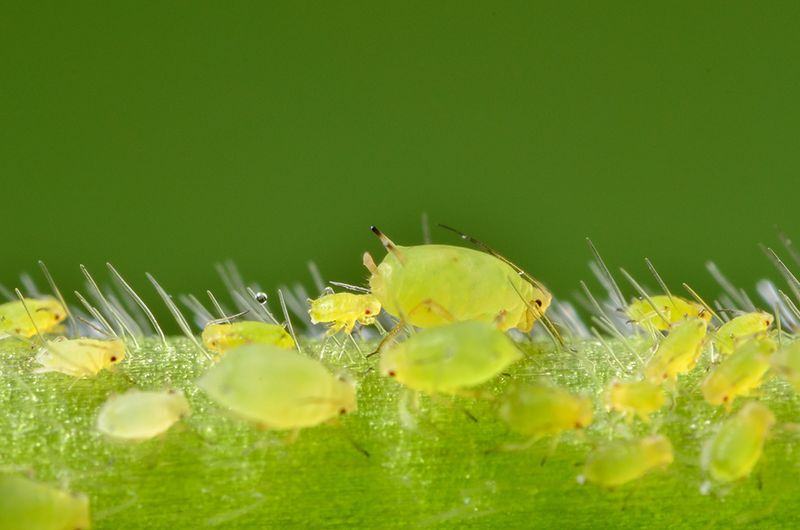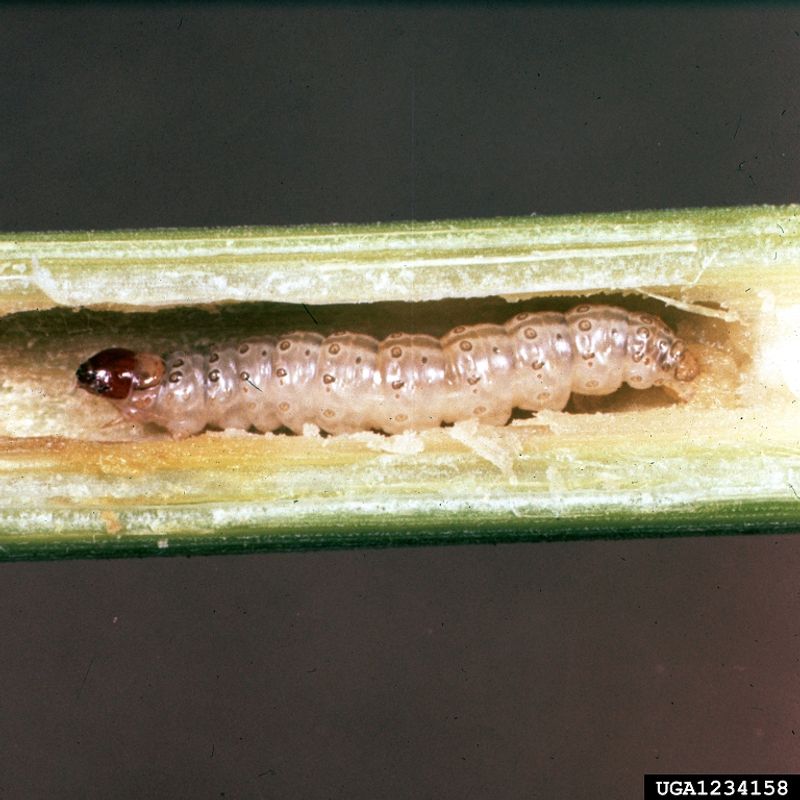Gardening is a delightful hobby, but it’s not without its challenges. Among the most troublesome are invasive insects that threaten the health of your plants. These tiny invaders can wreak havoc if not managed properly, making it essential to know what to look for and how to act.
1. Japanese Beetle
Japanese Beetles are known for their metallic green color and voracious appetite. They munch on the leaves, flowers, and fruits of over 300 plant species.
Introduced to North America in 1916, they’ve become a significant pest. To control them, hand-pick the beetles in the morning when they are sluggish.
Using traps can attract more beetles, so it’s best to avoid them. Instead, plant resistant varieties and practice good garden hygiene.
2. Emerald Ash Borer
The Emerald Ash Borer is a bright green beetle that tunnels into ash trees, eventually killing them. Since its discovery in the U.S. in 2002, it has destroyed millions of trees.
Early detection is key—look for D-shaped exit holes in the bark. Insecticides can be effective when applied by professionals. Unfortunately, once infested, trees usually cannot be saved, so prevention is critical.
3. Brown Marmorated Stink Bug
With its shield-like shape, the Brown Marmorated Stink Bug can be a nuisance both indoors and outdoors. They pierce plant tissues to feed, damaging fruits and vegetables.
Originating from Asia, they emit a foul odor when crushed. To manage them, introduce natural predators like birds and parasitic wasps. Sealing entry points in your home can also prevent indoor infestations.
4. Gypsy Moth
Gypsy Moths are infamous for defoliating trees, especially hardwoods like oaks. The caterpillars have distinctive blue and red spots and can strip entire forests bare.
Introduced to the U.S. in the 1800s, they spread rapidly. Burlap bands around tree trunks can trap caterpillars, while biological pesticides target them without harming other insects. Regular monitoring of trees is essential to control outbreaks.
5. Spotted Lanternfly
The Spotted Lanternfly is an eye-catching insect that feeds on a wide range of plants, particularly affecting vineyards and orchards. Their sugary excretions can lead to sooty mold.
Originating from Asia, they were first found in the U.S. in 2014. Scraping egg masses from trees and using sticky bands can help control their population. Community awareness is crucial in managing this pest.
6. Asian Longhorned Beetle
The Asian Longhorned Beetle is a serious threat to hardwood trees, including maples. Its larvae bore into trunks and branches, disrupting nutrient flow and causing tree death.
First detected in the U.S. in 1996, eradication efforts are ongoing. Look for exit holes and frass on tree bark. Removing infested trees and quarantining areas are vital to prevent spread.
7. Red Imported Fire Ant
Red Imported Fire Ants are notorious for their painful stings and aggressive behavior. They build large mounds in sunny areas of lawns and gardens.
Originating from South America, they impact wildlife and can damage crops. Control methods include bait treatments that ants carry back to the colony. Be cautious when dealing with mounds to avoid stings.
8. Citrus Greening (Asian Citrus Psyllid)
Citrus Greening, spread by the Asian Citrus Psyllid, devastates citrus trees by causing fruit to drop prematurely and become misshapen.
It first appeared in Florida in 1998 and has since spread to other states. Monitoring and removing infected trees, as well as applying systemic insecticides, can help manage this disease. Collaboration with agricultural agencies enhances control efforts.
9. Lily Leaf Beetle
The Lily Leaf Beetle, with its striking red color, is a pest to ornamental lilies. Larvae skeletonize leaves, severely damaging plants.
Introduced to the U.S. in the 1990s, they spread quickly. Handpicking adults and larvae, using neem oil, and introducing parasitic wasps can help control their numbers. Regular inspection of lilies is crucial for early intervention.
10. Western Corn Rootworm
The Western Corn Rootworm is a major pest for corn crops, causing damage to roots and reducing yield. Adults feed on corn silk and pollen, further stressing plants.
Crop rotation and planting resistant hybrids are effective management practices. First identified in the U.S. in the early 1900s, this pest remains a significant agricultural challenge.
11. Colorado Potato Beetle
Feeding on potato plants, the Colorado Potato Beetle is easily recognized by its yellow and black stripes. It poses a serious threat to potato and other solanaceous crops.
Handpicking adults and larvae, applying mulches, and using insecticides are common control methods. Resistance to pesticides makes management challenging, requiring integrated pest management strategies.
12. Fall Armyworm
Fall Armyworms are caterpillars that consume a wide range of crops, particularly corn. Identified by their inverted Y-shaped mark on their head, they can cause significant damage if not managed.
Monitoring fields and using pheromone traps can help detect early infestations. Biological control agents and insecticide applications are common management strategies.
13. Africanized Honey Bee
Known for their aggressive behavior, Africanized Honey Bees can be a danger to both humans and animals. They are more defensive than European bees and can chase perceived threats over long distances.
Professional removal of colonies is essential to ensure safety. Awareness and education about these bees can help prevent dangerous encounters.
14. Kudzu Bug
The Kudzu Bug feeds on soybean plants and other legumes, reducing crop yields. First spotted in Georgia in 2009, it spreads rapidly across the southeastern U.S.
They can also be a nuisance indoors during colder months. Crop rotation and planting resistant varieties can help manage their impact on agriculture.
15. Balsam Woolly Adelgid
Infesting fir trees, the Balsam Woolly Adelgid injects toxins that cause tree deformation and death. First discovered in North America in the early 1900s, it has devastated native fir forests.
Removing infested trees and applying horticultural oils help control this pest. Resistant tree species are essential for reforestation efforts.
16. Soybean Aphid
The Soybean Aphid sucks sap from soybean plants, potentially reducing yields by as much as 50%. First identified in North America in 2000, it has spread rapidly.
Regular scouting and biological controls, like ladybugs, help manage populations. In severe cases, insecticides may be needed to protect the crops and ensure a healthy yield.
17. European Corn Borer
The European Corn Borer damages corn by tunneling into stalks, which weakens plants and reduces yield. First detected in the early 1900s, it remains a persistent pest in North America.
Crop rotation, resistant varieties, and targeted insecticide applications help manage this pest. Monitoring and early intervention are key to minimizing damage.





